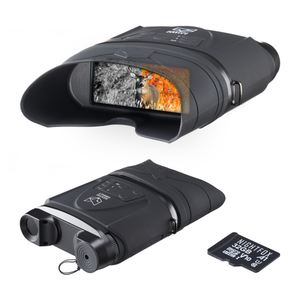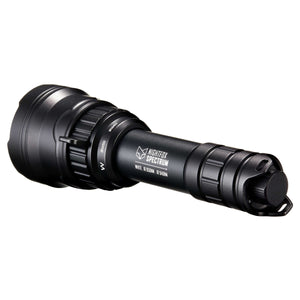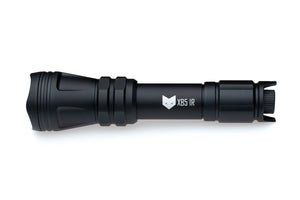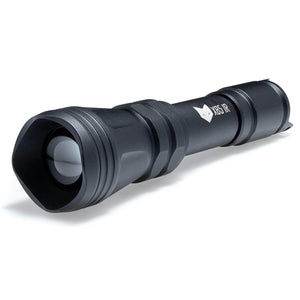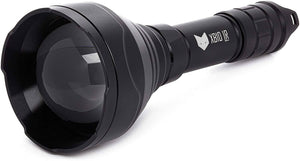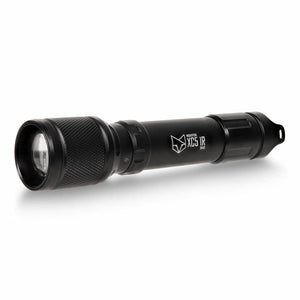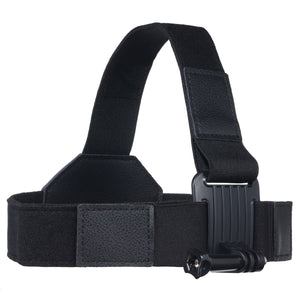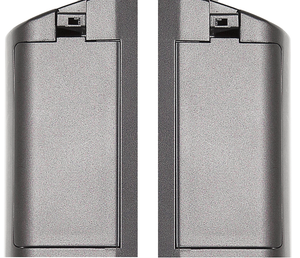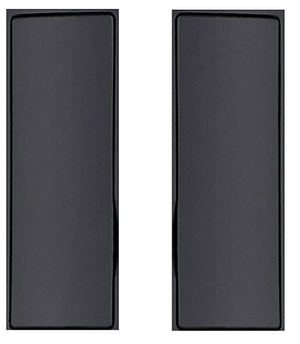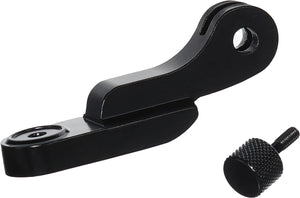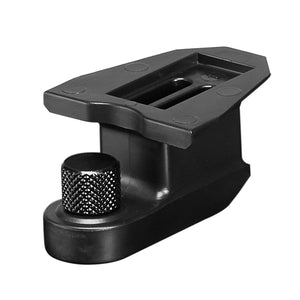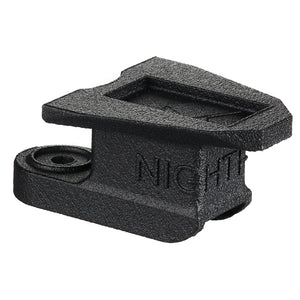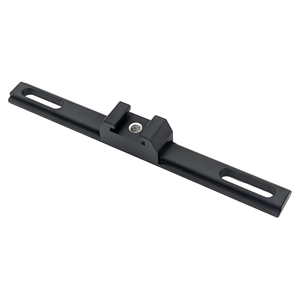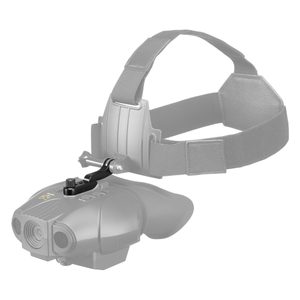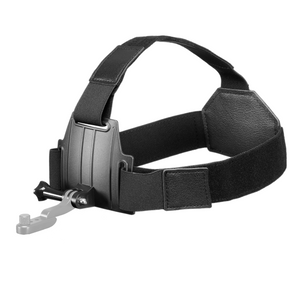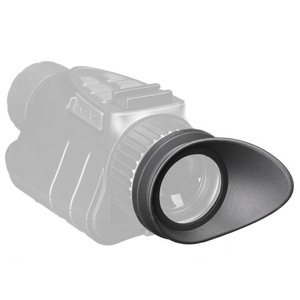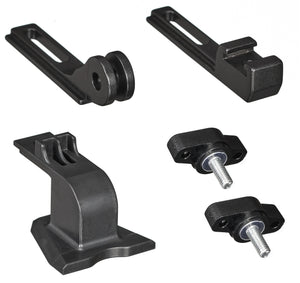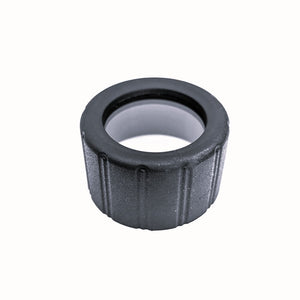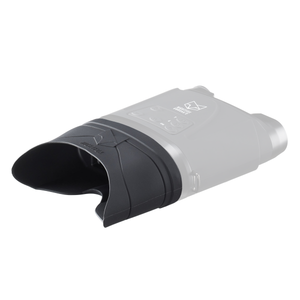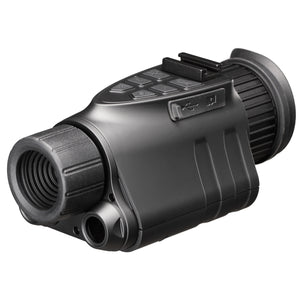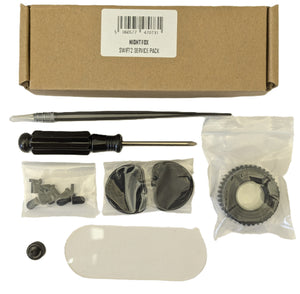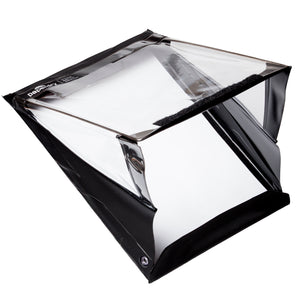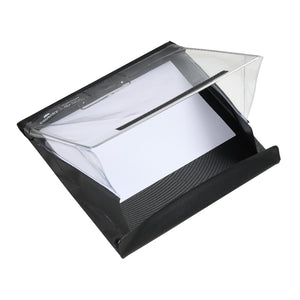What Are Handheld Thermal Imaging Cameras?
Handheld thermal imaging cameras use infrared technology to visualise heat, creating thermal images, also known as thermographs, that display temperature variations in objects, animals, and environments.
These devices are widely used across sectors such as:
- Engineering for diagnostics and inspections
- Electrical and mechanical maintenance to identify faults
- Marine and automotive industries for safety checks
- Wildlife and ecological surveys to detect animals in the dark or locate nests and roosts
Thermal cameras vary in thermal resolution. Entry-level models may offer 80 × 60 pixels, while advanced devices, like the Nightfox Thermal Master DV2, deliver 256 × 192 resolution, providing clearer, more detailed images for a variety of applications.
Temperature detection ranges also vary. Some cameras measure from -40°C up to 1500°C, making them versatile enough for everything from industrial maintenance to environmental monitoring.
Many modern handheld thermal cameras connect wirelessly to smartphones and tablets, enabling real-time image transfer, enhanced analysis, and easier data storage through dedicated apps.
How Do Thermal Imaging Cameras Work?
Thermal imaging cameras detect infrared radiation (heat energy) emitted by objects, animals, and surroundings. The sensor captures these thermal signals and converts them into a visual heat map, displaying temperature differences as a gradient of colours.
Unlike traditional night vision devices that rely on ambient light or infrared illuminators, thermal imagers can:
- Operate in complete darkness
- See through fog, rain, and light obstructions like foliage
- Detect heat signatures regardless of lighting conditions
Benefits of Using Thermal Imaging Cameras
See What the Eye Can’t
Thermal imaging cameras allow users to detect heat sources in low-visibility conditions, such as:
- Total darkness
- Heavy fog or rain
- Dense vegetation
Whether you're an engineer checking machinery, a building inspector scanning for heat loss, or a wildlife researcher observing nocturnal animals, thermal imaging provides a distinct advantage.
Versatile and Time-Saving
Thermal imagers simplify inspections and diagnostics by quickly highlighting temperature anomalies. They:
- Reduce time spent on manual checks
- Enhance safety by allowing distant observation
- Provide real-time feedback for immediate decision-making
Ecologists and conservation professionals use thermal cameras to monitor wildlife activity without disruption, conduct habitat assessments, and assist in nocturnal species surveys.
Wireless Connectivity and Data Management
Many handheld thermal cameras now include:
- Wi-Fi connectivity for remote monitoring
- Smartphone app integration for image analysis
- Cloud storage options for easy data management
These features streamline both professional reporting and personal record-keeping.
Considerations Before Buying a Thermal Camera
When choosing a handheld thermal imaging camera, it’s important to consider:
- Thermal resolution: Higher resolution (e.g., 320 x 240 pixels or more) provides clearer, more detailed images.
- Temperature range: Some cameras operate from -40°C to 1500°C, so choose a model that suits your intended application.
- Price vs. performance: Thermal cameras vary in cost based on resolution, range, and features, so select the best fit for your needs.
Key Features to Look For
- Low NETD (noise equivalent temperature difference) Value: Improves the ability to detect subtle temperature differences, especially in poor weather. (See FAQs below for more information about NETD).
- Pixel Pitch: Smaller pixel pitch provides finer image detail.
- Dual Imaging (Thermal + Visual): Helps correlate thermal images with real-world visuals.
- High Accuracy: Essential for building surveys and industrial inspections.
Situational Needs and Use Cases
Thermal imaging cameras are used in:
- Engineering and diagnostics
- Marine and automotive industries
- HVAC maintenance and repair
- Ecology and wildlife surveying
For wildlife observation, thermal imagers offer the unique ability to:
- Track animal movement in darkness
- Monitor species without artificial light
- Survey habitats quickly and efficiently
In building maintenance, they help detect:
- Hidden electrical faults
- Water leaks or damp spots
- Heat loss areas in insulation
Their infrared capabilities allow operation in total darkness or harsh weather, making them essential for both professional and personal use.
High-resolution thermal cameras can detect minute temperature variations, improving accuracy in identifying faults or issues during maintenance.
Future Trends in Thermal Imaging Technology
Thermal technology is evolving rapidly. Current trends include:
- Smaller, more portable devices for use in the field
- Higher thermal resolutions for sharper images
- Smartphone integration for on-the-go monitoring
- Expanded use in conservation, search and rescue, and industrial maintenance
As costs become more accessible, thermal cameras are moving from specialist equipment into everyday use for professionals and hobbyists alike.
Why Choose the Nightfox Thermal Master DV2?
The Nightfox Thermal Master DV2 brings cutting-edge thermal imaging directly to your fingertips. With a 256 x 192 thermal sensor, NETD rating of 20mK, and advanced image capture features, it’s designed for professionals and enthusiasts alike.
Whether you're inspecting buildings, tracking wildlife, or diagnosing electrical faults, the Thermal Master DV2 offers outstanding thermal resolution at an accessible price - making it one of the most versatile handheld thermal cameras on the market today.
Shop the Nightfox Thermal Master DV2 Now
Frequently Asked Questions
Q: Can handheld thermal cameras see through walls?
A: No, thermal cameras cannot see through walls. They detect heat emitted from surfaces, so they may reveal heat leaks or electrical issues behind walls but cannot "see through" solid materials.
Q: What’s the difference between thermal imaging and night vision?
A: Night vision amplifies available light, while thermal imaging detects heat.
Q: Is the Nightfox Thermal Master DV2 suitable for wildlife observation?
A: Yes, the DV2’s high thermal sensitivity and 256 x 192 resolution make it excellent for spotting wildlife at night or in dense cover.
Q: What is NETD in a thermal camera?
A: NETD, or Noise Equivalent Temperature Difference, is a key metric for evaluating the thermal sensitivity of a thermal imaging camera. It represents the smallest temperature difference a thermal camera can detect and is measured in millikelvins (mK). A lower NETD indicates better thermal sensitivity and the ability to distinguish finer temperature variations.

 Trusted Service
Trusted Service 30 Day Return Policy
30 Day Return Policy 2 Year Warranty
2 Year Warranty Worldwide Delivery
Worldwide Delivery 










